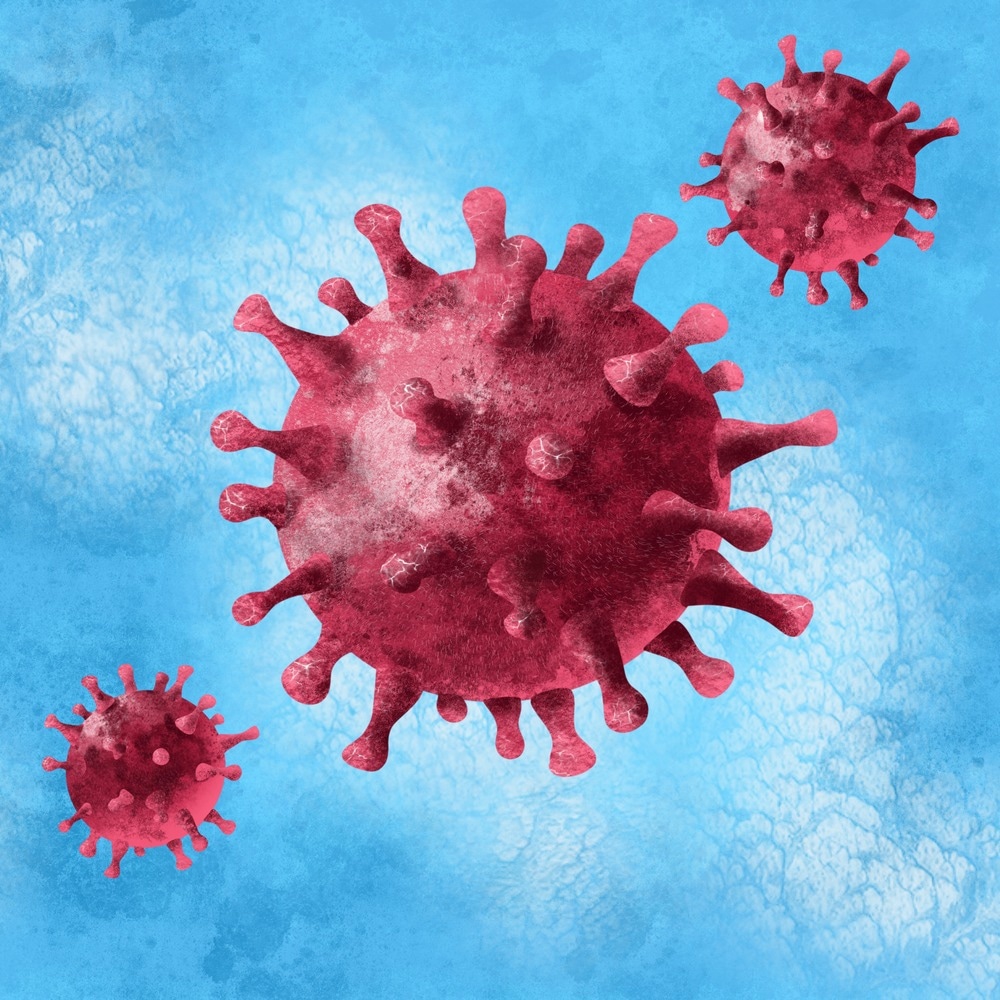The emergence of the severe acute respiratory syndrome coronavirus 2 (SARS-CoV-2) Omicron variant quickly led to an increase in infection rates globally, despite high levels of protection against SARS-CoV-2 by natural infection and vaccination. A highly mutated spike protein is responsible for the variant’s high transmissibility and immune evasion capabilities.

Study: SARS-CoV-2 Omicron sublineages exhibit distinct antibody escape patterns. Image Credit: MarieGrecha / Shutterstock.com
Background
Although extended vaccine dosing intervals and booster doses against the ancestral SARS-CoV-2 strain provide some level of protection against the Omicron variant, neutralizing antibody titers against this variant are much lower as compared to other variants. Several therapeutic monoclonal antibodies also appear to be ineffective against Omicron infections.
Most of the studies on the resistance of the Omicron variant to antibody-mediated neutralization are limited to the initial BA.1 Omicron strain. However, several sublineages of Omicron have subsequently emerged and further increased infection rates. Therefore, it is important to determine the antibody escape properties of these Omicron subvariants for the development of effective preventive and therapeutic interventions.
A new Cell Host and Microbe study reveals the antibody-mediated neutralization of both current and emerging sublineages of Omicron including BA.1, BA.2, BA.4, BA.1.1, BA.2.12.1, and BA.5 at both the monoclonal and polyclonal levels.
About the study
The current study involved the collection of serum samples from coronavirus disease 2019 (COVID-19)-convalescent individuals between April and May 2020. Study [articipants were followed up for the analysis of long-term immunity to SARS-CoV-2, with additional serum samples collected after booster immunization between May and August 2021. Serum samples were also collected from vaccinated individuals after completing the initial immunization regimen, as well as after receiving booster doses.
BA.2.12.1, BA.4, and BA.5 pseudoviruses were produced using an expression plasmid followed by the production of monoclonal antibodies. Thereafter, pseudovirus neutralization assays were conducted, along with an analysis of antibody amino acid sequences.
The spike amino acid changes relative to the wild-type SARS-CoV-2 spike protein were visualized using cryo-electron microscopy. The frequency of variant distribution was also analyzed.
Study findings
The BA.1 spike protein contains 39 different amino acid residues as compared to the ancestral SARS-CoV-2 strain. Although other Omicron sublineages shared several mutations with BA.1, they also consisted of various unique mutations. Although the BA.1/BA.2 sublineages were responsible for the first Omicron wave, they were rapidly outcompeted by the BA.4 and BA.5 sublineages.
Serum neutralizing activity was observed for samples that were collected at a median of 48 days post-infection with the ancestral SARS-CoV-2 strain. However, neutralizing activity was detectable in 0-15% of samples for BA.1 and BA1.1, while the activity was 45-50% for BA.2, BA.2.12.1, and BA.4/ 5. Booster immunization led to neutralizing activity against all the Omicron sublineages.
Additionally, 43-73% of vaccinated individuals exhibited neutralizing activity against Omicron following two doses of the Pfizer-BioNTech BNT162b2 COVID-19 vaccine. Notably, booster immunization led to increased activity against all the Omicron sublineages. The neutralizing activity against BA.4 and BA.5 was low as compared to that against BA.1.1, BA.1, and BA.2 among vaccinated individuals.
Out of the 158 monoclonal antibodies that were produced and tested, only 18%, 22%, 17%, 23%, and 18% remained active against BA.1, BA.2, BA.1.1, BA.2.12.1, and both BA.4 and BA.5, respectively.
Slight variations in amino acid sequences of the antibodies were found to impact Omicron resistance and neutralization. The newly identified Omicron sublineages were also found to be able to escape from most monoclonal antibodies that were in clinical use. Bebtelovimab, along with R200-1F9, R568-1G9, and R207-2F11 antibodies, exhibited neutralizing activity against all Omicron sublineages.
Conclusions
The current study demonstrates that Omicron sublineages are capable of escaping neutralization from both vaccination and previous infection and were resistant to many monoclonal antibodies. Taken together, genomic surveillance, along with sensitivity assessments, are important for monitoring the constant evolution of SARS-CoV-2 and determining appropriate therapeutic and prophylactic measures.
Journal reference:
- Gruell, H., Vanshylla, K., Korenkov, M., et al. (2022). SARS-CoV-2 Omicron sublineages exhibit distinct antibody escape patterns. Cell Host and Microbe. doi:10.1016/j.chom.2022.07.002.